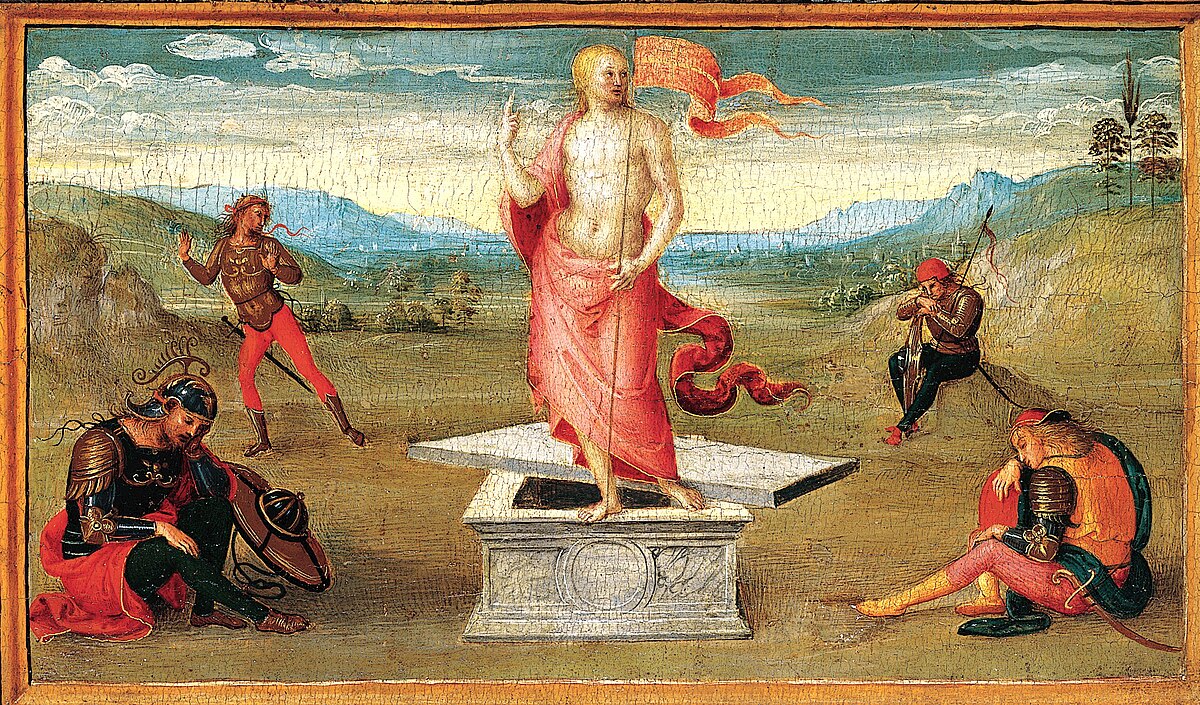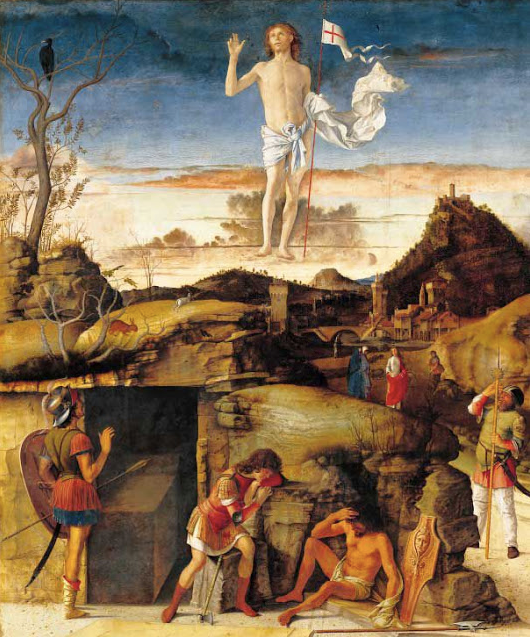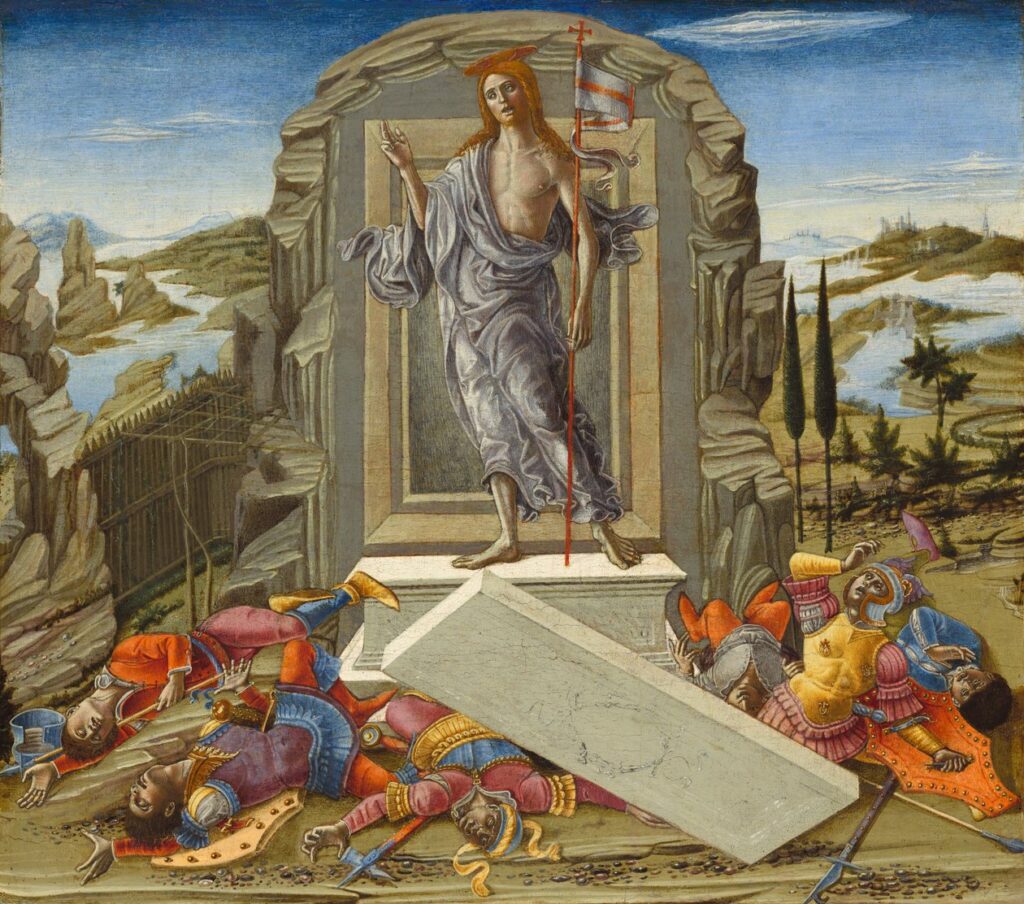“Rising Gods: Ancient Resurrection Myths from Around the World”

Long before the story of Jesus Christ’s resurrection became central to Christianity, cultures across the ancient world told tales of gods, heroes, and mortals who returned from the dead. These resurrection stories—found in Mesopotamia, Egypt, Greece, India, Mesoamerica, and beyond—reflect a deep human fascination with life after death, divine power, and cyclical renewal.
Whether as agricultural allegories or spiritual promises, these ancient narratives reveal how resurrection was often seen not as a miracle, but as part of a cosmic rhythm—death and rebirth as a universal law.
Let’s explore six of the most influential resurrection stories from antiquity, examining their origins, symbolism, and legacy.

1. Osiris (Egypt)
Region: Ancient Egypt
First recorded: c. 2400 BCE (Pyramid Texts)
The Story:
Osiris, god of the afterlife and fertility, was murdered by his jealous brother Set, who dismembered his body and scattered the pieces. His wife and sister, Isis, collected the parts, reassembled him, and used her magic to briefly bring him back to life. During this resurrection, Isis conceived their son Horus. Osiris then descended to rule the underworld, becoming the judge of the dead.
Significance:
- Symbolizes death and agricultural rebirth—Osiris’s body parts scattered like seeds.
- Established moral judgment in the afterlife: souls would be weighed by Osiris.
- Influenced later resurrection narratives in Greco-Roman and Christian thought.
2. Inanna / Ishtar (Mesopotamia)
Region: Sumer / Akkad (Iraq)
First recorded: c. 1900 BCE
The Story:
The Sumerian goddess Inanna (called Ishtar in Akkadian myths) descended to the underworld to visit her sister Ereshkigal, Queen of the Dead. Upon entering, she was stripped of her powers and killed. Her lifeless body hung on a hook until the gods intervened, sending help to resurrect her after three days. In exchange, her lover Dumuzi was taken to the underworld as her replacement.
Significance:
- Reflects themes of sacrifice and substitution.
- One of the earliest known death and return myths.
- Parallels with Persephone (Greece) and Christian resurrection motifs.
3. Dionysus / Zagreus (Greece)
Region: Ancient Greece
First recorded: c. 6th century BCE (Orphic tradition)
The Story:
According to Orphic myths, Dionysus was born as Zagreus, son of Zeus and Persephone. The jealous Titans tore the infant apart, cooked him, and devoured him. Athena rescued his heart, which Zeus used to recreate Dionysus. He was then reborn in a second form. This tale symbolizes both resurrection and transformation.
Significance:
- Deeply tied to mystery religions, promising rebirth to initiates.
- Celebrated in Dionysian festivals involving ecstatic dance and wine.
- Influenced Roman religious syncretism and early Christian mystical concepts.

4. Adonis (Syria-Greece hybrid)
Region: Phoenician / Greek
First recorded: c. 6th century BCE
The Story:
Adonis was a mortal youth beloved by the goddess Aphrodite. He was killed by a wild boar, and Aphrodite mourned deeply. Moved by her grief, Zeus allowed Adonis to spend part of the year in the underworld and part among the living. This cycle repeated annually.
Significance:
- Represents seasonal death and rebirth—especially springtime renewal.
- Closely tied to vegetation cults, where Adonis symbolized dying crops returning to life.
- Ritual mourning festivals called Adonia were held for his symbolic “resurrection.”
5. Krishna (India)
Region: Ancient India (Hinduism)
First recorded: c. 4th century BCE and earlier in oral tradition
The Story:
Krishna, an incarnation (avatar) of the god Vishnu, was fatally wounded by a hunter’s arrow—a mortal end following his divine life on Earth. But in Hindu theology, Krishna does not die in a permanent sense; instead, his death marks the end of the Dvapara Yuga (age) and his return to his divine form. His spirit lives on eternally.
Significance:
- Hindu theology sees time as cyclical, not linear—death is a passage, not an end.
- Krishna’s death and resurrection reflect eternal cosmic cycles.
- Anticipates the concept of avatars returning again in future ages (e.g., Kalki).
6. Quetzalcoatl (Mesoamerica)
Region: Aztec / Toltec
First recorded: c. 10th–13th century CE (based on earlier oral traditions)
The Story:
Quetzalcoatl, the Feathered Serpent god, is central to Aztec mythology. After being tricked into breaking a divine rule, he burns himself in a funeral pyre, his heart ascending as the Morning Star (Venus). In some versions, he returns from the dead, vowing to bring peace or return again at the end of time.
Significance:
- Interpreted as a cosmic resurrection myth tied to planetary cycles.
- Foreshadows returning savior motifs in apocalyptic prophecies.
- Quetzalcoatl’s “resurrection” was seen by some Spanish colonizers as parallel to Christ.
🔄 Common Themes Across These Stories
| Theme | Examples |
|---|---|
| Death and Rebirth | Osiris, Inanna, Dionysus, Adonis |
| Seasonal / Agricultural | Adonis, Osiris, Persephone |
| Descent to Underworld | Inanna, Orpheus, Quetzalcoatl |
| Resurrection as Power | Krishna, Dionysus, Osiris |
| Love and Mourning | Aphrodite (Adonis), Isis (Osiris) |
| Cosmic Cycles | Krishna, Quetzalcoatl |
These tales collectively shaped the symbolic and religious imagination of later civilizations, including the resurrection story of Jesus, which synthesized many of these motifs in a monotheistic framework.

🧠 Conclusion: Why Resurrection Myths Endure
Ancient resurrection stories serve more than just entertainment or religious doctrine—they are expressions of human hope, fear, and resilience. They offer reassurance that death is not the end, that loss can lead to renewal, and that the cycles of nature mirror the cycles of our own spiritual journeys.
Across continents and centuries, cultures have imagined gods and mortals rising from death, reminding us that the idea of resurrection is not confined to one tradition—it is a universal human longing.




